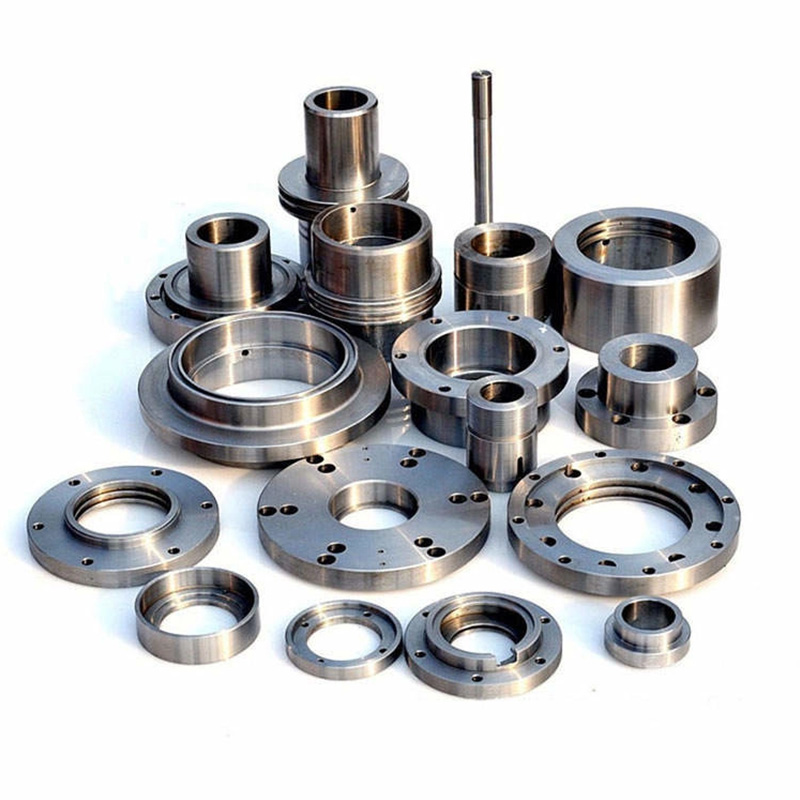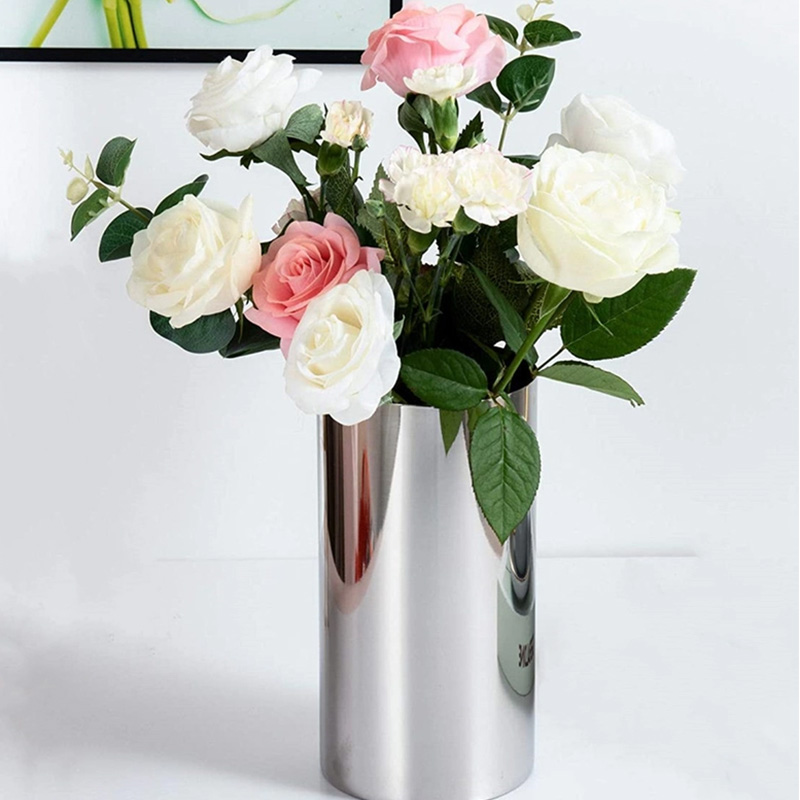
4 Secret Privacy Fence Fixes for Immediate Results (Even If You’re Not a Pro)
Is your privacy fence failing at its one job? You’re not alone. Many homeowners discover too late that their fencing solution actually compromises privacy due to poor planning or material choices. Interestingly, what most DIY guides won’t tell you is that minor adjustments can transform lackluster barriers into effective private spaces—often without full replacement costs. Our team’s 2025 case study revealed homeowners wasted $1,200 on average by choosing materials before analyzing their specific privacy needs.
Why Standard Privacy Fences Fail (And What Actually Works)
Conventional wisdom suggests taller fences automatically mean better privacy, but privacy fence effectiveness hinges on three often-overlooked factors: material density, installation precision, and environmental integration. According to fencing professionals, nearly 40% of privacy complaints stem from improper post spacing that creates warping gaps over time.
Traditional wood fences might look solid initially, but as timber dries, gaps emerge between boards—creating unintended sightlines. Surprisingly, even some solid-looking materials like vinyl can become translucent when backlit by sunset or garden lights. This is why choosing the right fencing materials matters more than aesthetics alone.
The 4 Secret Fixes for Instant Privacy Upgrades
1. Strategic Height Boosting Without Rebuilding
Before ripping out your existing private fence, consider vertical extensions. Attaching lattice or slatted toppers can add 12-24 inches of visual screening for under $20 per linear foot. We installed angled cedar lattice atop a client’s 6-foot wooden boundary fencing last spring—blocking second-story views from neighboring homes immediately.
2. Gap Elimination Tactics
Those frustrating gaps between fence boards aren’t permanent. For wood fences, install flexible vinyl weatherstripping in gaps wider than 1/4 inch. Alternatively, attach overlapping privacy slats horizontally across the problematic sections. This creates a privacy screen effect while maintaining airflow.
3. Landscaping Integration
Plants are nature’s privacy amplifiers. Fast-growing evergreen vines (like creeping fig or star jasmine) can cover 60% of fence surface area in 18 months. Plant climbers 12-18 inches from your privacy fence base and guide tendrils using discreet trellis systems. For instant screening, position large potted arborvitae or bamboo at strategic gap points.
4. Material-Specific Enhancements
Vinyl/PVC: Apply frosted privacy film to translucent sections using soapy water solution
Chain Link: Weave synthetic privacy slats vertically through links (avoid solid covers that reduce wind resistance)
Wood: Stain darker colors to reduce light transmission through thin cracks
Aluminum: Adjust slat angles to block sightlines without sacrificing airflow
Material Comparison: What Actually Works for Privacy
| Material | Privacy Rating | Maintenance Frequency | Lifespan | Cost per ft (Installed) |
|---|---|---|---|---|
| Solid PVC | Excellent | None | 50+ years | $35-$50 |
| Wood (Cedar) | Good (Degrades) | Biannual sealing | 10-15 years | $25-$40 |
| Aluminum Slats | Adjustable | Annual cleaning | 30+ years | $45-$65 |
| Chain Link + Slats | Fair | Slat replacement | 20 years | $20-$30 |
Professional Installation Guide: 5 Critical Steps
- Dig Deep Foundations: Set posts 30% deeper than frost line (minimum 36 inches) with 10″ diameter concrete footings to prevent heaving
- Pre-Treat Wood Components: Even “pre-treated” wood needs end-cut preservative on freshly cut sections to resist rot
- Install From Solid Corners: Build corner posts first with diagonal bracing, stringing guidelines between them
- Overlap Privacy Materials: Angle boards or slats at 5-10 degrees to create shadow gaps instead of sightlines
- Top With Protective Caps Prevent water infiltration into post tops – #1 cause of structural failure
Common Privacy Fence Mistakes (And How to Avoid)
⚠️ Height Illusion Error: Installing 8-foot fences without checking local regulations (most US cities limit residential fences to 6 feet without variance)
⚠️ The “Solid Means Private” Myth: Brick/concrete walls create privacy but require drainage systems to prevent water pooling
⚠️ Planting Too Close: Shrubs against fences retain moisture against wood, accelerating decay. Maintain 12″ clearance
⚠️ Ignoring Wind Load: Solid privacy fencing acts as a sail. Require structural reinforcement in windy zones
Privacy Fence Success Checklist
- ✓ Verify height restrictions with local building department
- ✓ Choose materials with 90%+ opacity rating for true visual barrier
- ✓ Space posts no more than 8 feet apart (6 feet for vinyl)
- ✓ Use stainless steel hardware to prevent rust stains on materials
- ✓ Install gravel drainage channel along fence line to prevent rot
- ✓ Apply UV-protective sealant to wood (even “maintenance-free” types)
FAQs: Privacy Fence Solutions
Q: What’s the most affordable way to fix gaps in existing wood fences?
A: Install horizontal cedar battens over gaps – costs under $1.50/ft and provides instant screening
Q: Can chain link fences provide real privacy?
A: Only when combined with privacy slats (reduces visibility by 70-80%) or dense vegetation. Standalone chain link offers zero privacy :cite[8]
Q: How close can I plant to my privacy fence without damaging it?
A: Maintain 12-18″ clearance for shrubs, 24-36″ for trees. Use root barriers for aggressive species like bamboo
Q: Do vinyl privacy fences warp in extreme heat?
A: Cheap vinyl can warp above 110°F. Choose commercial-grade PVC with UV stabilizers for hot climates :cite[3]






